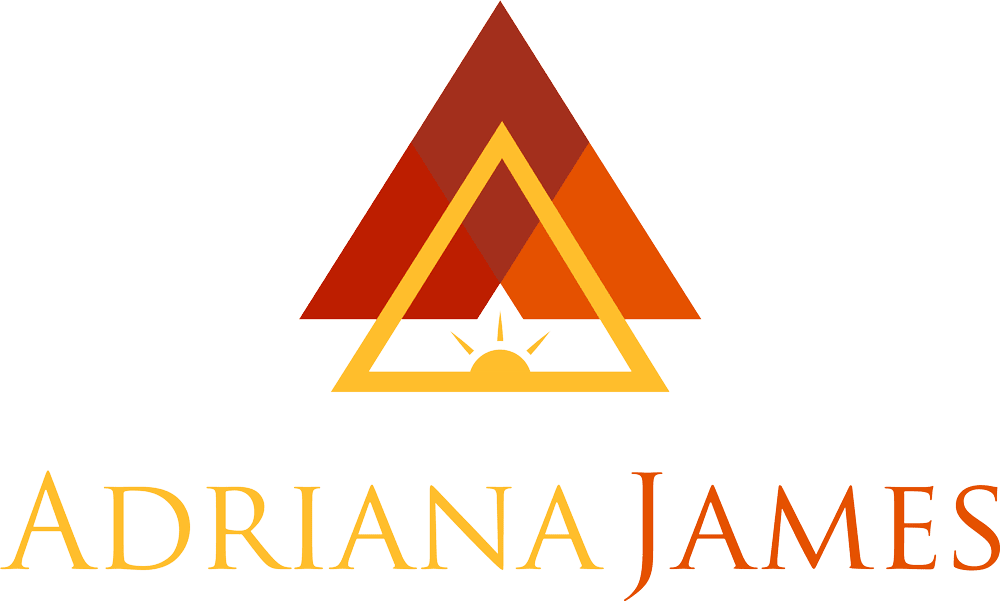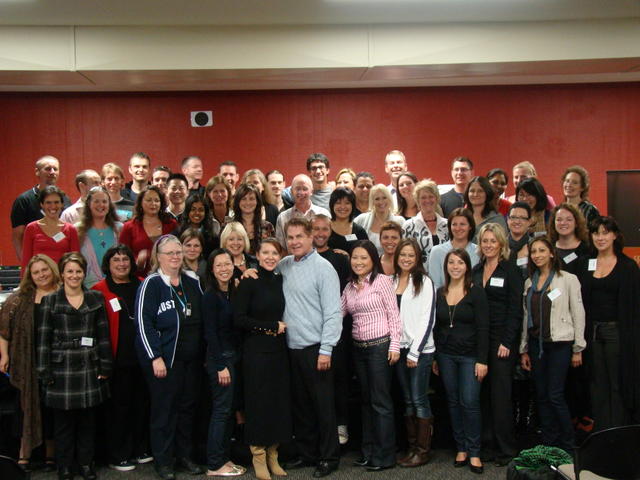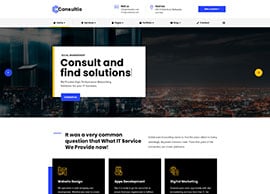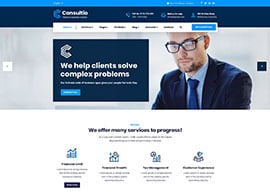“Are there standards in NLP,” a new client wanted to know. “I mean what is the difference between a NLP Coaching Practitioner and a NLP Coaching Master Practitioner and what does it mean. And is there a difference between an NLPTrainer and anNLP Master Trainer as you are.”And does it matter?
Well, it does matter to us, because we have jumped through the hoops to end up at the highest level of attainment in NLP – NLP Master Trainer. There are NLP associations in almost every country and interestingly the standards are pretty much the same all over the world.
Without boring you with the history of how it got that way, that is the way it is now. So if you are certified by an NLP Board in one country, you are pretty much certified in all countries. That means that if you take an NLP training from an approved NLP training institute somewhere, your certificate will be valid everywhere. The good news is that the Tad James Co. is 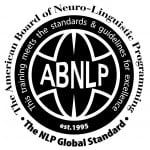 certified and approved by the US organization, the American Board of NLP.
certified and approved by the US organization, the American Board of NLP.
Let’s see what those standards are, and these come from www.abnlp.com. We have posted here, just the 3 most important levels of certification the rest are on that site.
NLP Practitioner Level
A. Duration of Training: Minimum of 120 hours of training in the basics of NLP patterns taught by a Certified Trainer, or a certified Master Practitioner under the supervision of a trainer.
B. Demonstration of ability to identify the following basic skills, techniques, patterns and concepts of NLP and to utilize them competently with self and with others.
1. Behavioral integration of the basic presuppositions of NLP, including:
a. Outcome orientation with respect for others’ models of the world and the ecology of the system.
b. Distinction between map and territory.
c. There is only feedback (cybernetic)-no failure.
d. Meaning of your communication is the response you get.
e. Adaptive intent of all behavior.
f. Everyone has the necessary resources to succeed.
g. Resistance is a signal of insufficient pacing.
h. Law of requisite variety.
2. Rapport, establishment and maintenance of.
3. Pacing and Leading (verbal and non-verbal).
4. Calibration (sensory based experience).
5. Representational systems (predicates, and accessing cues).
6. Meta-Model.
7. Milton-Model.
8. Elicitation of well-formed, ecological outcomes
and structures of present state.
9. Overlap and Translation.
10. Metaphor creation.
11. Frames; contrast, relevancy, As If, Backtrack.
12. Anchoring (VAK).
13. Anchoring Techniques (contextualized to the field of application).
14. Ability to shift consciousness to external or internal, as required by the moment’s task.
15. Dissociation and Association.
16. Chunking.
17. SubModalities.
18. Verbal and non-verbal elicitation of responses.
19. Accessing and building of resources.
20. Reframing.
21. Strategies; detection, elicitation, utilization, & installation.
22. Demonstration of behavioral flexibility.
NLP Master Practitioner Level
A. Duration of Training: Minimum of 120 hours of advanced training taught by a certified trainer. A minimum of 15 hours of direct trainer supervision.
B. Demonstration of the ability to identify the following basic skills, techniques patterns and concepts of NLP and to utilize these competently with self and with others.
1.All practitioner level skills, singly and in combination.
2.Design individualized interventions (generative and remedial).
3.Ecological change work.
4.Shifting easily back and forth between content and form,
and experience and label.
5. Specific Master Practitioner Skills:
a. Meta Programs.
b. Criteria (Values).
i. identification and utilization.
ii. criteria ladder.
iii. elicitation of complex equivalence and adjustment of criteria.
iv. sleight of mouth.
c. Installation and utilization of strategies.
d. Refined use of submodalities.
e. Deliberate multi-level communication.
f. Negotiations.
g. Presentation skills.
h. Modeling.
i. Utilization and transformation of beliefs and presuppositions.
NLP Trainer Level
A. Duration of Training: Minimum of 120 hours of advanced training taught by a certified Master Trainer. A minimum of 15 hours of direct trainer supervision.
B. Satisfactory demonstration of the following behavioral competencies:
1. Complete behavioral competence in all Practitioner and Master Practitioner level skills, ability to do any and all practitioner and master practitioner techniques simultaneously both overtly and covertly.
2. Demonstrate facility to shift between content and form (IE: between experience and labeling).
3. Ability to do (demonstrate the behavior of) what one is teaching and to teach what one is doing ” and to label it linguistically (IE: Model Self).
4. Demonstration of Presentation and Teaching skills:
a. Pacing and leading.
b. Respect for audience (i.e. at least keeping separate your and others model of the world, and responding to these congruently; considering and responding ecologically to others; conscious and unconscious processes.
c. Ability to answer questions, (including discerning the level and intent of questions and generating level-appropriate responses).
d. Design of presentation: At the least, setting opening and closing frames, setting outcomes, chunking and sequencing of information and experience, balancing information-giving and occasions for discovery, facilitating generalization of information and skills across context and time.
e. Design of exercises: At the least, providing for both overt and covert learning in each exercise, including previously learned material for cumulative learning, specifying outcomes of exercises, providing a task for all involved persons insuring behavioral learning, including a future pace.
f. Explanation of exercises including the ability to explain an exercise behaviorally without the use of notes or printed aids.
g. Use of deep and shallow metaphor.
h. Utilization of multi-level feedback: ongoing re-evaluation and incorporation of overt and covert information from individuals and group.
i. Graceful intervention in groups: at the least maintaining rapport and giving specific sensory grounded feedback, via questions that directionalize appropriate search to facilitate people’s discovery for themselves, demonstration, or if necessary, overtly telling them what to do.
j. “Tasking”: creating of a task that presupposes that a person behave in a different way that expands his/her model of the world.
k. Ability to do demonstrations.
5.Demonstration of a personal style, and artistry (indicating that the new trainer is integrating skills into his/her own behavior).
6.Demonstration of an understanding of the process of NLP Practitioner and Master Practitioner NLP training.
From www.abnlp.com, used with permission
This means that when you take a training from the Tad James Co., you are getting a fully accredited training approved by the American Board of NLP.
